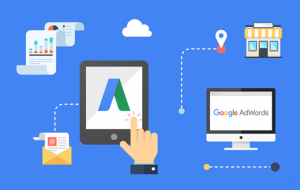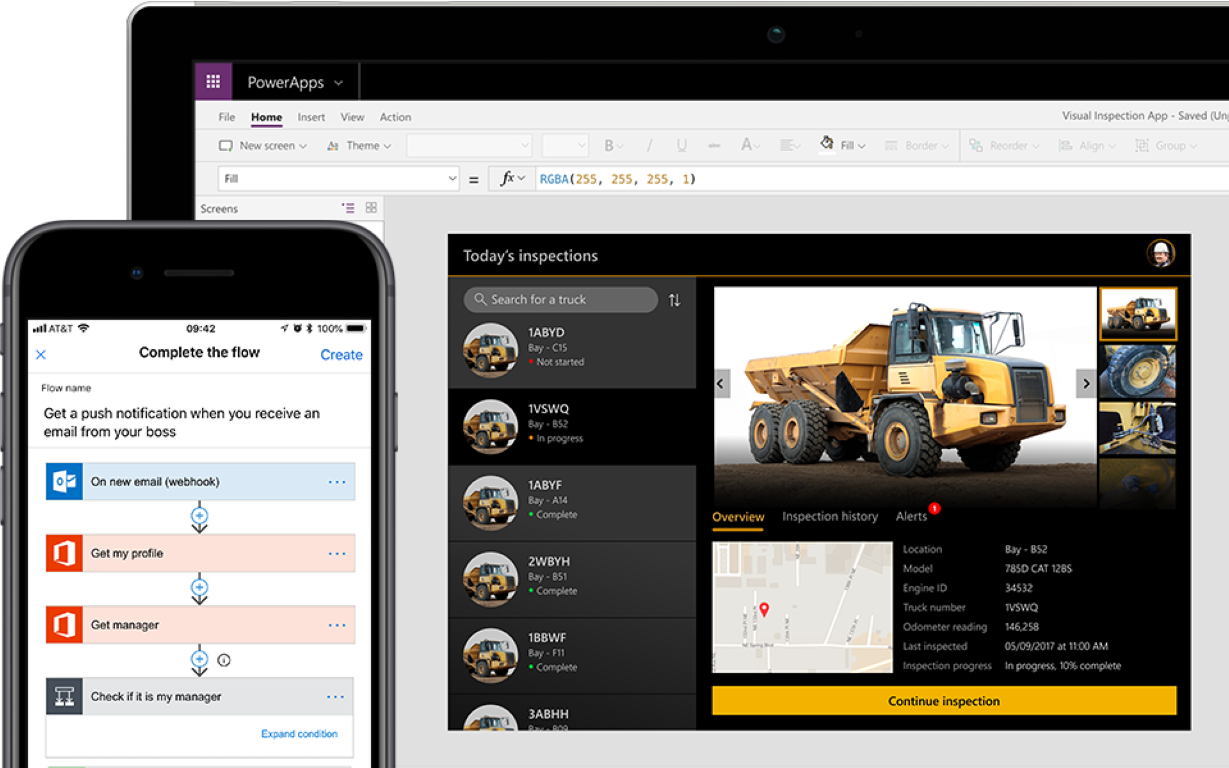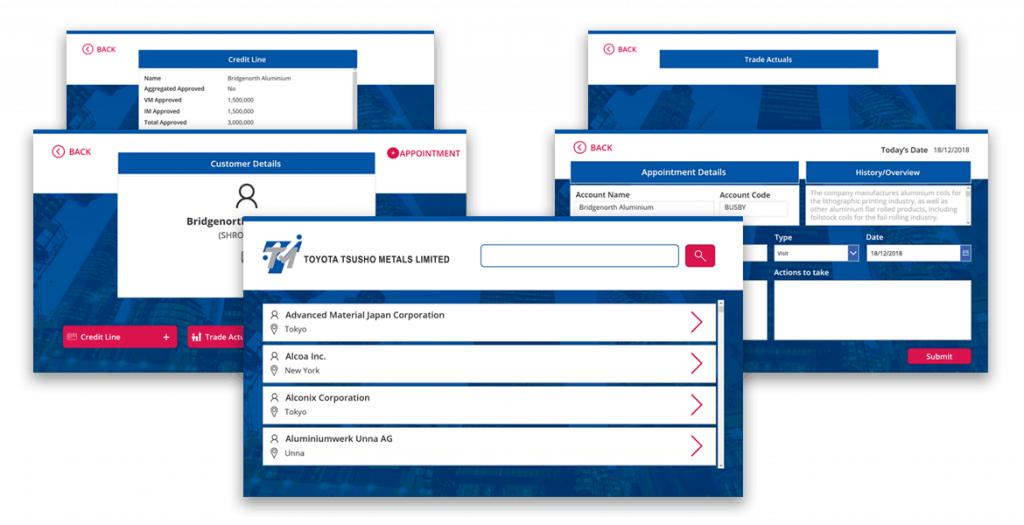
App makers can then use PowerApps to build rich applications using this data.”Īll model-driven apps are integrated into CDS. Common Data Service includes a base set of standard entities that cover typical scenarios, but you can also create custom entities specific to your organization and populate them with data using Power Query. An entity is a set of records used to store data, similar to how a table stores data within a database.

“Data within Common Data Service is stored within a set of entities. CDS is a secure, cloud-based storage space that organizations can use to store business application data. What Are Model-Driven Applications?Ĭompared to canvas apps, model-driven apps in PowerApps are based on underlying data - specifically, the data stored in Common Data Service (CDS). However, this process must be repeated for every individual control within the app, of which there could be hundreds, making it tedious and time-consuming. That said, it is possible to make canvas apps responsive by adjusting the size and positioning of different controls in relative terms to screen size using hard-coded values. They come with two basic layout options: Landscape or portrait orientation. Canvas App ExampleĬanvas apps are not responsive by design. To see canvas apps in action, check out the GIF below. As an added bonus, canvas apps can pull data from over 200 unique data integration sources right out of the box, making them more flexible than model-driven apps. Canvas apps also allow for a high degree of creativity and individuality - no two apps are ever exactly the same. If you’re able to use PowerPoint and have a basic understanding of Excel formulas, you can build canvas apps. Since you don’t have to worry about how data is structured with canvas apps, they offer a much more intuitive user experience than model-driven apps. The primary appeal of canvas apps in PowerApps is their ease of use. When you’re satisfied with your design, you can connect it to one or more data sources using basic, Excel-style formulas. Once everything is in its proper place, you can make additional adjustments to the size and formatting of each of these components. model-driven apps.ĭiscover the Benefits of PowerApps Today What Are Canvas Applications?Ĭanvas apps are exactly what they sound like: PowerApps provides you with a blank canvas onto which you can drag and drop components in any formation to design a user interface. In this article, we’ll explain the difference between these two types of apps, how they work, and when you should use canvas vs. PowerApps users can use the program to build either canvas applications or model-driven applications.


POWERAPPS RESPONSIVE LAYOUT MANUAL
Low-code development has become popular in recent years, especially in light of the ongoing developer shortage, because it eliminates the need for manual code, making it a fast and convenient alternative to manual programming.

POWERAPPS RESPONSIVE LAYOUT SOFTWARE
To do so, PowerApps uses low-code, a software development technique that enables users to design and develop apps by dragging and dropping components into a flowchart-style formation. Microsoft PowerApps is an innovative program designed to democratize software development and make it easy for organizations to rapidly spin up custom applications. FEATURED On-Demand Webinar Taking your Power Apps Skills to the Next LevelĮffectively use Microsoft Excel-like formulas to build business applications that work with Microsoft Dynamics 365 Watch the On-Demand Webinar


 0 kommentar(er)
0 kommentar(er)
